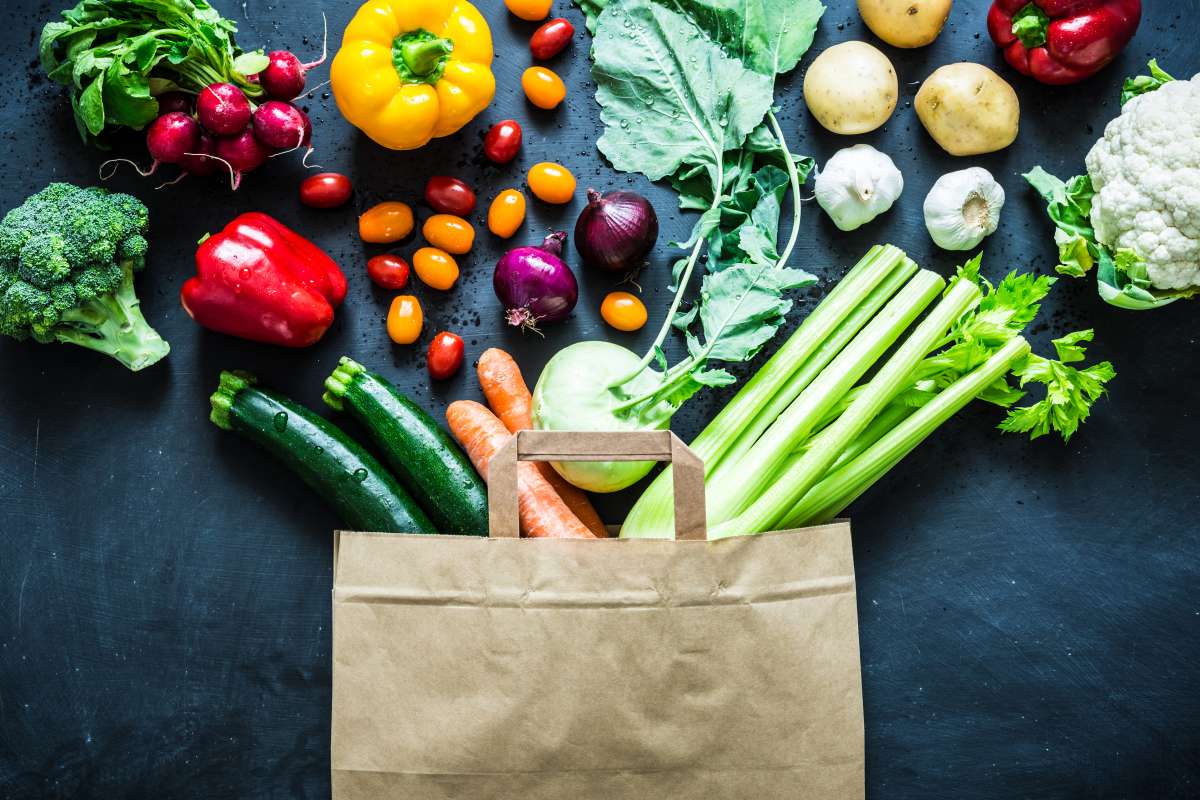Knowing how to store food is important to increase the durability of different types of food, respecting their characteristics.
After making your shopping list, going to the supermarket and buying everything you need to get through the month, it’s time to put it all away. In the case of non-food items, such as cleaning products, for example, it is not very difficult. Just store it in a clean, dry place and everything is fine. Food is more difficult to store, precisely because it is perishable. Therefore, it is very important to know how to store food.
It is practically impossible to shop and consume all the food without wasting it. This is because depending on the amount of food and how long it lasts, it is common for some foods to spoil in the meantime. Therefore, they end up going to waste, being a waste of food and money too.
Therefore, storing food correctly is essential and we often do it wrong. This is because each type of food has its specificities and shelf life, as well as a way of storing it that preserves it for longer. Therefore, today we will learn some tips on how to store food to prolong its shelf life and avoid waste.
How to store food
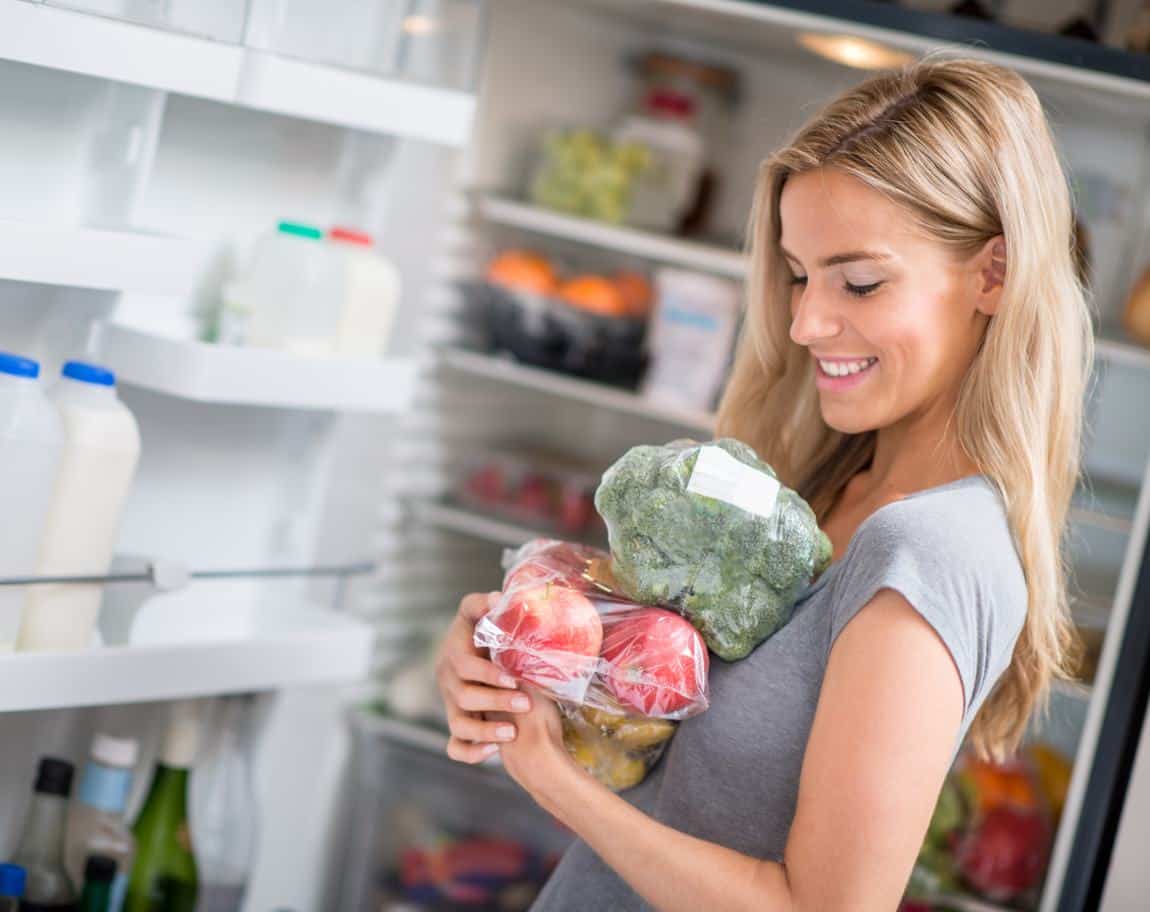
As previously stated, each food has its own characteristics and therefore requires specific care and storage. Therefore, let’s check out tips on how to store food by dividing food groups.
Fruits

Normally, fruits should be stored in fruit bowls at room temperature. But only those that will be consumed quickly. If you want to preserve the fruits for longer, you need to store them in the refrigerator. The first step in how to store fruits is separating those that emit ethylene, the substance responsible for ripening.
Therefore, fruits such as avocado, plum, banana, persimmon, apricot, kiwi, mango, apple, papaya, passion fruit, pear, peach and tomato should be stored in ventilated and cool environments. However, as they ripen very quickly, if they are not consumed as soon as possible they should be stored in the refrigerator, but always in closed containers or plastic bags. Except for bananas, which suffer damage due to the cold.
In the case of fruits that release little ethylene, such as pineapple, cashew, lemon, star fruit, cherry, coconut, fig, guava, orange, watermelon, strawberry, tangerine, melon and grape, they should also be stored in the refrigerator. However, always at the bottom of the refrigerator, where it is less cold, always in jars or bags.
Furthermore, you also have the option of freezing the fruits. In this case, the ideal is to peel and cut into small pieces, divide into small portions, place in plastic bags and place in the freezer. Or for those who will only consume part of the fruit, the ideal is to store the other part in a container in the refrigerator.
How to store food: vegetables
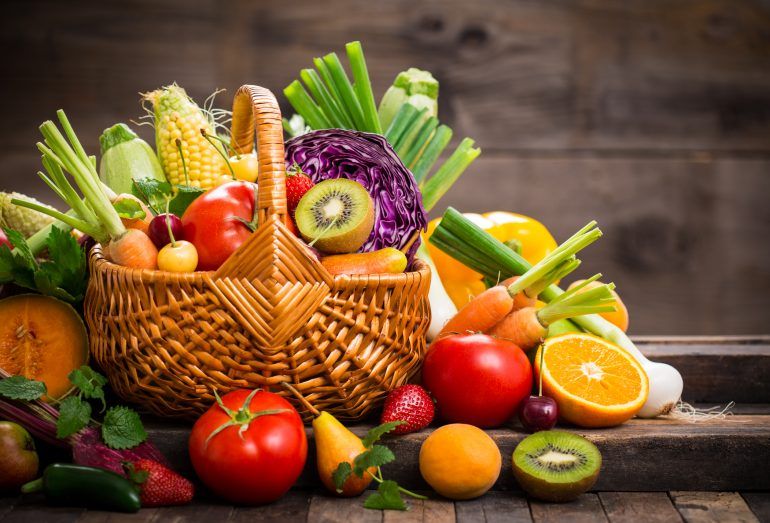
An important part of how to store food involves vegetables, which cause many doubts when storing.
Vegetables, for example, such as lettuce, arugula, kale and other leaves in general, are very perishable, precisely because they contain a lot of water and lose this liquid into the environment. Therefore, the best way to store leaves is by cleaning them immediately after purchase and drying all the leaves well. This way, they can be stored in jars at the bottom of the refrigerator. Generally, these vegetables last about a week under these conditions.
But not all vegetables need to be stored in the refrigerator, like potatoes, for example, which can change their condition at low temperatures. If consumed within two weeks, many of them don’t even need to go in the refrigerator, such as carrots, cucumbers, chayote, cassava, beets and others. But if the intention is to increase the durability of vegetables beyond this period, they should be stored in the lower parts of the refrigerator.
Dairy
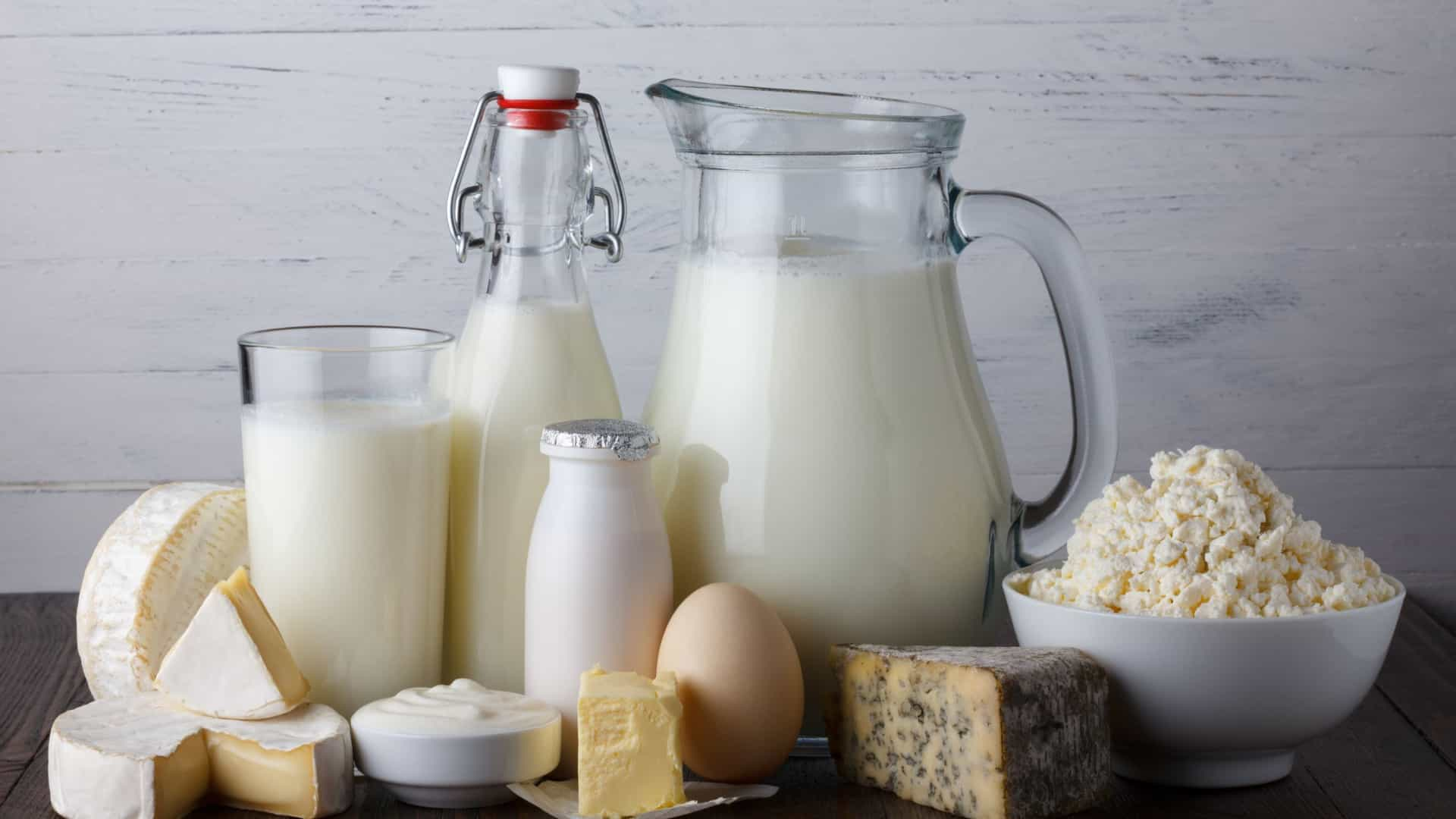
In the case of milk and its derivatives, which are quite perishable, extra care is needed. Processed milk must be stored according to the instructions on the packaging after opening, generally for five days in the refrigerator.
However, there is a very common mistake when storing dairy products, which is leaving them in the refrigerator door. This is because in this part there is a greater variation in temperature, which can accelerate the food deterioration process.
Therefore, it is best to store milk and its derivatives on the inside shelves, preferably the ones at the top, which are colder. In the case of cheeses, they should never be frozen, as this alters the characteristics of the product. Therefore, they should be stored in jars on the refrigerator shelves.
Breads
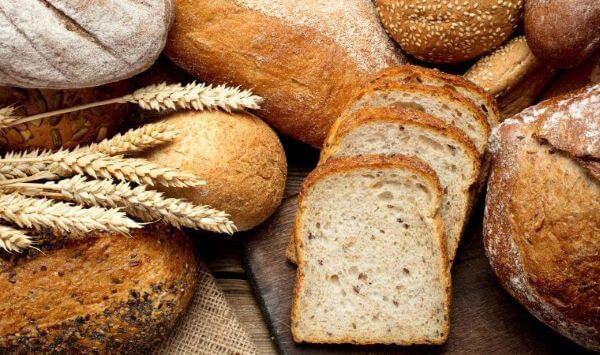
So, how to store food, being bread, is a little different. Industrialized bread already has preservatives in its composition, but it is still important to keep it closed in the plastic bag to keep it preserved.
Homemade bread has a shorter shelf life, and is therefore more likely to develop mold faster. In this case, a tip to increase its durability is to add a spoonful of vinegar to the dough to reduce the pH of the product. This minimizes the appearance of mold prematurely. So, the best way to store it is in pots and plastic bags at room temperature.
How to store food: grains and cereals
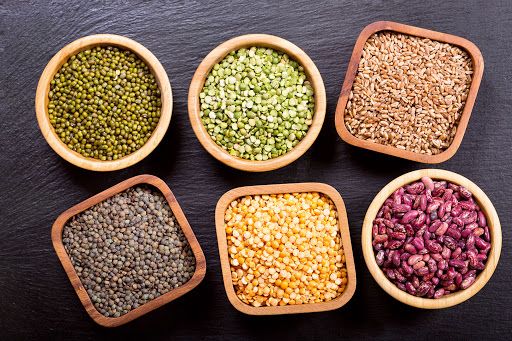
Now when it comes to grains, such as linseed, oats, rice, corn, flour, among others, the tip on how to store food is in closed containers in a cool place. Especially because they are foods with little or no water in their composition and do not need to be stored in the refrigerator and last a long time at room temperature.
However, if the intention is to extend the conservation of these grains even further, you can place them in sanitized and dry PET bottles. Therefore, seal the lid with adhesive tape, creating a dry, oxygen-free environment, which can deteriorate the grains.
Carnes

Meat is one of the most perishable foods available. Therefore, regardless of whether it is beef, pork, poultry or fish, the best option will always be freezing. This prevents the multiplication of microorganisms present in meat and increases its shelf life. However, it is important to pay attention to the amount of fat in the meat, the higher the fat content, the shorter the lifespan of the food.
Furthermore, it is important to freeze meat in separate portions in plastic bags. This is because it is not recommended to defrost the meat and then refreeze what is left.
Sausages

Speaking of the sausage category, which includes, among other things, sausages, sausages and salami, these foods must be stored in the refrigerator. Therefore, to preserve them for longer, you can store them in the freezer covered in film, maintaining their natural humidity. In this case, only the salami cannot be frozen, as it loses its flavor and consistency. When stored in the freezer correctly, sausages can last up to two months.
Anyway, what did you think of this article? In fact, take the opportunity to also check out How to defrost meat? How to maintain quality and what never to do.
Sources: Viva Bem Boa Forma
Images: Jasmine Pão de Açúcar Veja São Paulo Vale Shop Lifestyle at Minuto Viva Decora Made Sabor à Vida Ruppenthal

Sign up for our newsletter and stay up to date with exclusive news
that can transform your routine!
Warning: Undefined array key "title" in /home/storelat/public_html/wp-content/plugins/link-whisper-premium/templates/frontend/related-posts.php on line 12
Warning: Undefined array key "title_tag" in /home/storelat/public_html/wp-content/plugins/link-whisper-premium/templates/frontend/related-posts.php on line 13

